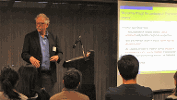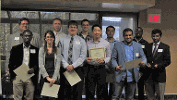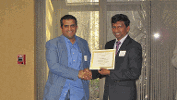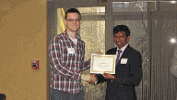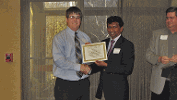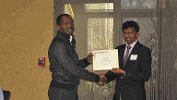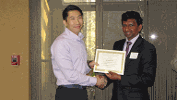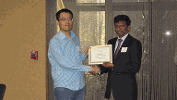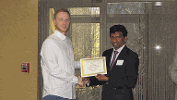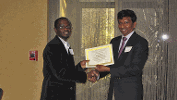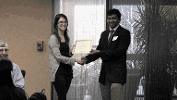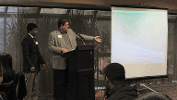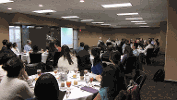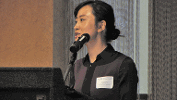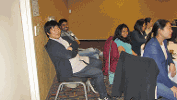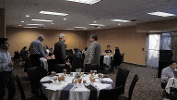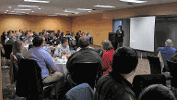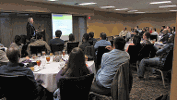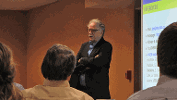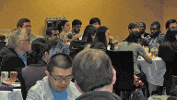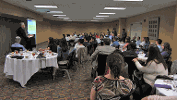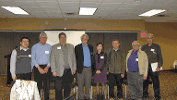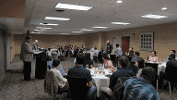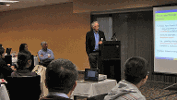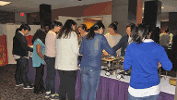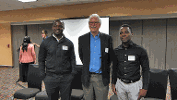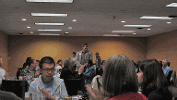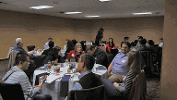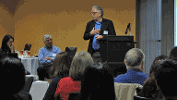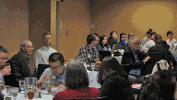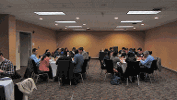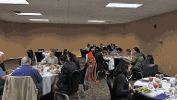ASA Chapter Meeting - Spring 2016

The Spring 2016 meeting of the Kansas-Western Missouri Chapter of the American Statistical Association was held March 31, 2016 in Manhattan.
Abstract
The presentation will take us along the road to new US ozone standard announced in Mar 2008 by the Environmental Protection Agency, the Agency responsible for monitoring the Nation’s air quality standards under the Clean Air Act of 1970. The talk will describe my experiences as a member of the EPA’s Clean Air Scientific Advisory Committee (CASAC) for Ozone and his perspectives on the process as well as the results it produced. Along the way, we will meet a large cast of players who helped shape that standard. And we will encounter a couple of tricky statistical problems along with approaches, developed by the speaker and his co-researchers, that could be used to address them. The first has to do with the use of deterministic physical - computational models for inferring certain unmeasureable but hugely important ozone level, the so-called “policy related background level”. The second is about inferring another unmeasurable quantity, the actual human exposure to ozone after accounting for human time activity patterns that make personal exposures less than the ambient levels measured by fixed site monitors. Above all, the talk will be a narrative about the interaction between science and public policy - making in an environment that harbors a lot of stakeholders with varying but legitimate perspectives, a lot of uncertainty in spite of the great body of knowledge on ozone and above all, a lot of potential risk to human health and welfare.
